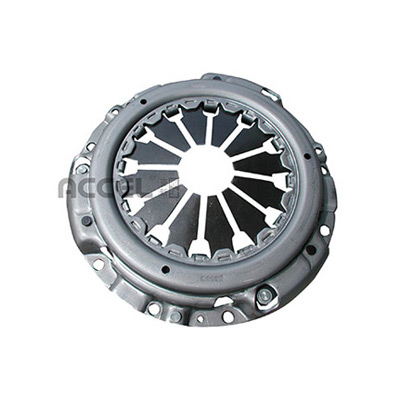
- Mobile Phone
- +8613931874955
- sales@cntcmetal.com
plasterboard external corner bead
Understanding Plasterboard External Corner Beads A Comprehensive Guide
When it comes to achieving a flawless finish in drywall installations, particularly at corners, the importance of using plasterboard external corner beads cannot be overstated. These essential building components play a crucial role in ensuring corners are not only structurally sound but also aesthetically pleasing. In this article, we will delve into what plasterboard external corner beads are, their types, benefits, and installation techniques.
What are Plasterboard External Corner Beads?
Plasterboard external corner beads are protective strips that provide reinforcement to the edges of plasterboard (drywall) installations. These beads help protect corners from damage and give them a sharp, clean appearance. Generally made from materials like galvanized steel, aluminum, or plastic, corner beads serve to make external corners harder and more durable, minimizing the risk of chipping or denting that can occur over time.
Types of Corner Beads
There are several types of plasterboard corner beads available on the market, each designed for specific applications
1. Metal Corner Beads Typically made from galvanized steel, metal corner beads are renowned for their strength and durability. They provide a robust solution, particularly in high-traffic areas. The beveled edges of these beads allow for a smooth finish when plastered over.
2. Plastic Corner Beads Lighter than their metal counterparts, plastic corner beads are resistant to moisture, making them suitable for use in humid environments, such as bathrooms or kitchens. They are also easier to cut and install.
3. Paper-Faced Corner Beads This is a hybrid option that features a metal core and paper facing. They provide excellent adhesion for joint compound and require less finishing work, making them an efficient choice for many drywall installers.
Benefits of Using Corner Beads
1. Protection The primary function of corner beads is to protect external corners from damage, such as chipping and cracking. They help maintain the integrity of the drywall over time.
plasterboard external corner bead

2. Aesthetic Appeal By providing a clean, crisp edge, corner beads significantly enhance the overall appearance of exposed corners. They help achieve a professional-grade finish that is visually appealing.
3. Ease of Installation Most corner beads are designed for easy installation, saving time and labor costs. They can often be installed directly over the drywall before the finishing touches are applied.
Installation Techniques
Installing plasterboard external corner beads is a relatively straightforward process
1. Measure and Cut Begin by measuring the length required for the corner. Use a snip or a utility knife to cut the corner bead to size.
2. Positioning Place the corner bead on the corner and ensure it is level. For metal beads, it is often helpful to use drywall adhesive or screws to secure it in place.
3. Apply Joint Compound Once the corner bead is secure, apply joint compound over the bead. Feather the edges to blend with the surrounding drywall. Allow the compound to dry before sanding it smooth.
4. Final Touches After sanding, apply additional coats of joint compound as necessary. Once satisfied with the finish, paint or texture the area as desired.
Conclusion
Plasterboard external corner beads are an indispensable element in drywall installation, providing protection, enhancing aesthetics, and facilitating a smoother installation process. Whether you opt for metal, plastic, or paper-faced varieties, understanding their applications and benefits will help you make informed choices for your next renovation or construction project. With proper installation techniques, you can ensure long-lasting, stunning results in your drywall work.
share:
-
Why Sacrificial Formwork Is Redefining Underground ConstructionNewsJun.06,2025
-
The Structural Dynamics of Modern Concrete: How Snake Spacers Revolutionize Flexible ReinforcementNewsJun.06,2025
-
Snake Spacers Smart-Lock Concrete Reinforcement with Surgical PrecisionNewsJun.06,2025
-
Snake Spacers: Reinforcement Precision for Modern Concrete ProjectsNewsJun.06,2025
-
Snake Spacers Powering Concrete's Structural DNANewsJun.06,2025
-
Slither into Success: Snake Spacers' Precision Bite for Unbreakable ReinforcementNewsJun.06,2025
-
Sacrificial Formwork: Building Stronger, Faster, and Safer StructuresNewsJun.06,2025



















